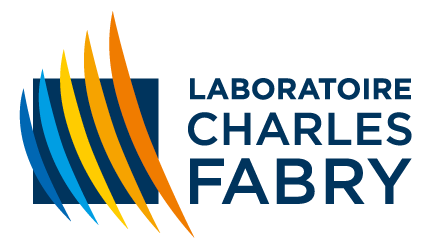PhD students' seminar: Marc CHAMMAS
- Séminaire des Doctorants
- Evénement scientifique
PhD students' seminar given by Marc CHAMMAS from the Biophotonics group, on 19 May 2022 at 1.15pm in the auditorium of the Institut d'Optique in Palaiseau and by videoconference, on the topic: "Developments of multiple exposure speckle contrast imaging for the study of blood microcirculation."
Abstract: "Laser speckle contrast imaging (LSCI) is an established technique used to extract relative blood flow maps over wide fields of view. A major improvement of the method is the Multiple Exposure Speckle Imaging technique (MESI). It relies on the acquisition of speckle images at different exposure times but requires simultaneous modulation of a laser pulse in duration and intensity along with a precise synchronization with a camera. MESI's complex instrumentation and the requirement of computationally intensive data post-treatment has limited its applications. Therefore, to overcome these limitations, we evaluate (i) the use of a simplified MESI acquisition approach based on synthetic exposure images and (ii) the use of trained neuronal networks for direct derivation of flows from speckle contrast imaging. The goal is to facilitate the translation of MESI to “real-time” clinical application contexts.
First, we have compared the classical MESI acquisition approach to the synthetic exposure approach on micro-channels with controlled flows. We found that the synthetic exposure method is able to measure relative flow changes over a range of physiological flows. In vivo validation experiments are on-going to further validate these findings.
Second, we have investigated the use of convolutional neural networks to extract blood flow maps from speckle contrast data. In the current gold standard approach, contrast data are post-processed to extract blood flow maps using a non-linear fit to a model of speckle contrast K as a function of exposure time T. Validation experiments on the microfluidic data showed that the neural network developed in collaboration with Colleagues at Chang Gung University in Taiwan can predict blood flow maps more accurately and faster than the non-linear fit method."
